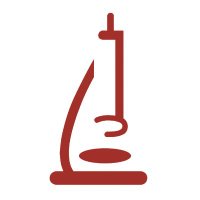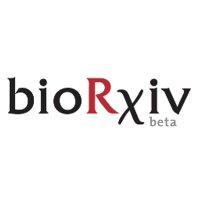
Michael Galperin
@microgap
Bacterial signaling, c-di-GMP, c-di-AMP, protein domains
NCBI's Comp. Bio. Branch, COG database, J. Bacteriology
ID: 735465721711493121
25-05-2016 13:41:07
729 Tweet
350 Followers
307 Following








Congratulations to my former postdoc supervisor, Prof. George Salmond. A well-deserved recognition! Microbiology Society microbiologysociety.org/news/society-n…

Congratulations, Mankin_Vazquez_Lab! nature.com/articles/s4158…


We cracked the mystery: Pteridines are the natural ligands of CutA, a widespread protein in nature Heinrich-Heine-Universität Düsseldorf Controlling Microbes to Fight Infections I started this project 8y ago. We showed that it's of PII signaling family, but it's role remained unknown coz we didn't know what it bind biorxiv.org/content/10.110…

This paper offers a solution to a long-standing problem: A general mechanism for initiating the bacterial general stress response | eLife Niels Bradhaw doi.org/10.7554/eLife.…


In Bacillus subtilis, c-di-AMP levels are modulated by the cyclase regulator CdaR in response to cell wall defects. Great work by anna brogan.bsky.social et al. nature.com/articles/s4156…




The interactions of c-di-GMP with the acidic residues seen in the MshEN domain could be quite widespread onlinelibrary.wiley.com/doi/10.1002/an… Protonated Glutamate and Aspartate Side Chains Can Recognize Phosphodiester Groups via Strong and Short Hydrogen Bonds in Biomacromolecular Complexes

Incredible! Fascinating piece by Elisabeth Bik Elisabeth Bik Discontinuous ridiculous stools – a preprint full of tortured phrases and stolen data scienceintegritydigest.com/2025/07/28/dis… h/t Retraction Watch



